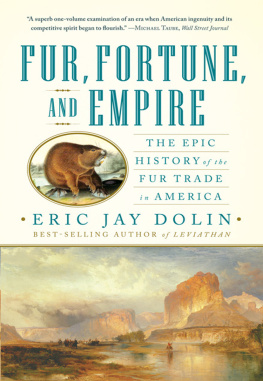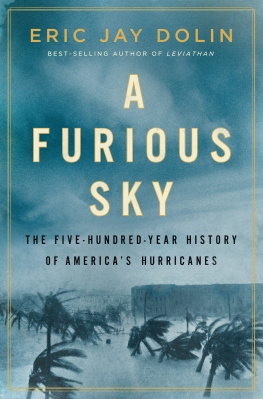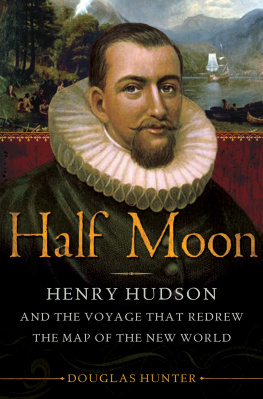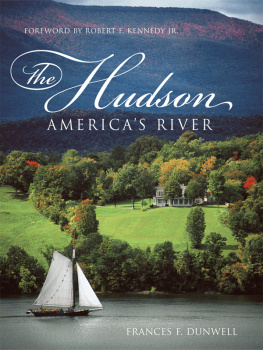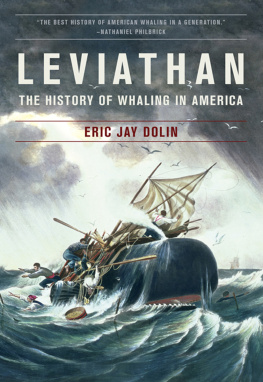Eric Jay Dolin - Fur, Fortune, and Empire: The Epic History of the Fur Trade in America
Here you can read online Eric Jay Dolin - Fur, Fortune, and Empire: The Epic History of the Fur Trade in America full text of the book (entire story) in english for free. Download pdf and epub, get meaning, cover and reviews about this ebook. year: 2011, publisher: W. W. Norton & Company, genre: Home and family. Description of the work, (preface) as well as reviews are available. Best literature library LitArk.com created for fans of good reading and offers a wide selection of genres:
Romance novel
Science fiction
Adventure
Detective
Science
History
Home and family
Prose
Art
Politics
Computer
Non-fiction
Religion
Business
Children
Humor
Choose a favorite category and find really read worthwhile books. Enjoy immersion in the world of imagination, feel the emotions of the characters or learn something new for yourself, make an fascinating discovery.
- Book:Fur, Fortune, and Empire: The Epic History of the Fur Trade in America
- Author:
- Publisher:W. W. Norton & Company
- Genre:
- Year:2011
- Rating:5 / 5
- Favourites:Add to favourites
- Your mark:
Fur, Fortune, and Empire: The Epic History of the Fur Trade in America: summary, description and annotation
We offer to read an annotation, description, summary or preface (depends on what the author of the book "Fur, Fortune, and Empire: The Epic History of the Fur Trade in America" wrote himself). If you haven't found the necessary information about the book — write in the comments, we will try to find it.
A Seattle Times selection for one of Best Non-Fiction Books of 2010
Winner of the New England Historial Associations 2010 James P. Hanlan Award
Winner of the Outdoor Writers Association of America 2011 Excellence in Craft Award, Book Division, First Place
A compelling and well-annotated tale of greed, slaughter and geopolitics. Los Angeles Times
The news of Hudsons 1609 voyage to America ignited a fierce competition to lay claim to this uncharted continent, teeming with untapped natural resources. The result was the creation of an American fur trade, which fostered economic rivalries and fueled wars among the European powers, and later between the United States and Great Britain, as North America became a battleground for colonization and imperial aspirations.
In Fur, Fortune, and Empire, best-selling author Eric Jay Dolin chronicles the rise and fall of the fur trade of old, when the rallying cry was get the furs while they last. Beavers, sea otters, and buffalos were slaughtered, used for their precious pelts that were tailored into extravagant hats, coats, and sleigh blankets. To read Fur, Fortune, and Empire then is to understand how North America was explored, exploited, and settled, while its native Indians were alternately enriched and exploited by the trade. As Dolin demonstrates, fur, both an economic elixir and an agent of destruction, became inextricably linked to many key events in American history, including the French and Indian War, the American Revolution, and the War of 1812, as well as to the relentless pull of Manifest Destiny and the opening of the West.
This work provides an international cast beyond the scope of any Hollywood epic, including Thomas Morton, the rabble-rouser who infuriated the Pilgrims by trading guns with the Indians; British explorer Captain James Cook, whose discovery in the Pacific Northwest helped launch Americas China trade; Thomas Jefferson who dreamed of expanding the fur trade beyond the Mississippi; Americas first multimillionaire John Jacob Astor, who built a fortune on a foundation of fur; and intrepid mountain men such as Kit Carson and Jedediah Smith, who sliced their way through an awe inspiring and unforgiving landscape, leaving behind a mythic legacy still resonates today.
Concluding with the virtual extinction of the buffalo in the late 1800s, Fur, Fortune, and Empire is an epic history that brings to vivid life three hundred years of the American experience, conclusively demonstrating that the fur trade played a seminal role in creating the nation we are today. 125 black-and-white illustrations
Eric Jay Dolin: author's other books
Who wrote Fur, Fortune, and Empire: The Epic History of the Fur Trade in America? Find out the surname, the name of the author of the book and a list of all author's works by series.

